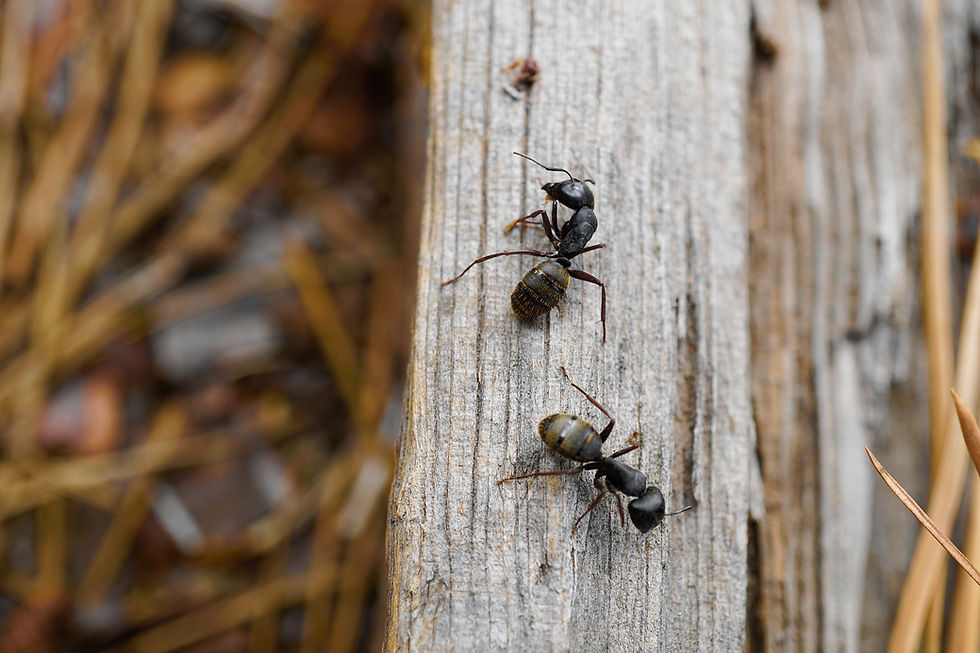Understanding Rodent Behavior in Winter: A guide for Homeowners and Business Owners.
- VecPest

- Dec 30, 2024
- 1 min read

Rodents exhibit a variety of behaviors in response to the colder winter months. These adaptations are crucial for their survival and can vary among different species. Below are some key aspects of rodent behavior during winter:
1. Hibernation and Torpor
While not all rodents hibernate, some species enter a state of torpor, significantly reducing their metabolic rate and conserving energy. This allows them to survive on stored body fat during periods of extreme cold.
2. Nesting and Shelter
Rodents often seek out sheltered locations to build nests. They may burrow underground or find refuge in buildings, attics, or basements, where temperatures are more stable.
3. Food Storage
Many rodents engage in food caching, where they collect and store food supplies in preparation for winter. This behavior is essential for survival when food sources become scarce.
4. Social Behavior
Some rodent species become more social during winter, forming larger groups to share warmth and resources. This communal living can enhance survival rates in harsh conditions.
5. Increased Activity During Mild Weather
On warmer winter days, rodents may become more active, taking advantage of the opportunity to forage for food. This behavior is crucial for replenishing their food caches.
6. Adaptation to Environmental Changes
Rodents are highly adaptable and can modify their behaviors based on environmental changes, such as snowfall or temperature fluctuations. They may alter their foraging patterns or nesting sites accordingly.
Understanding these behaviors can help in managing rodent populations and mitigating human-rodent conflicts during the winter months.





Comments